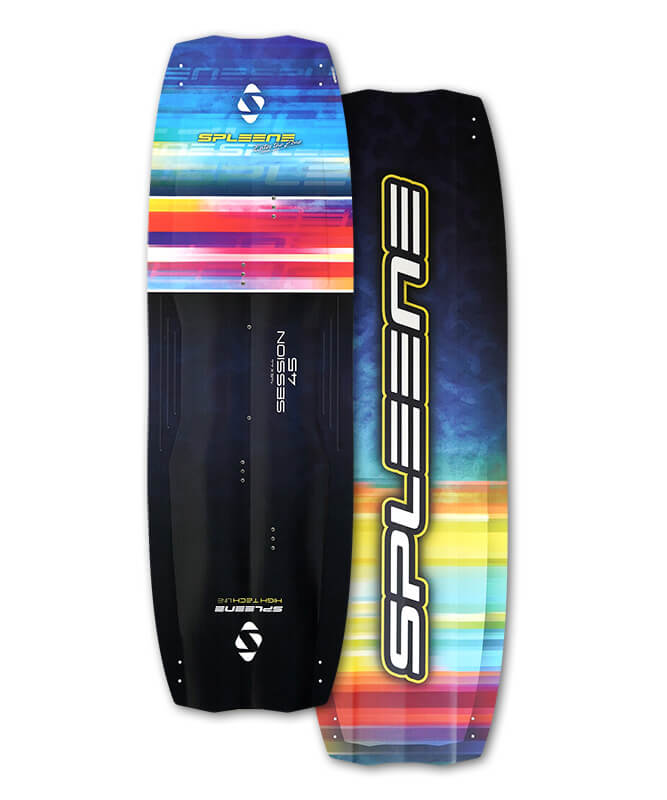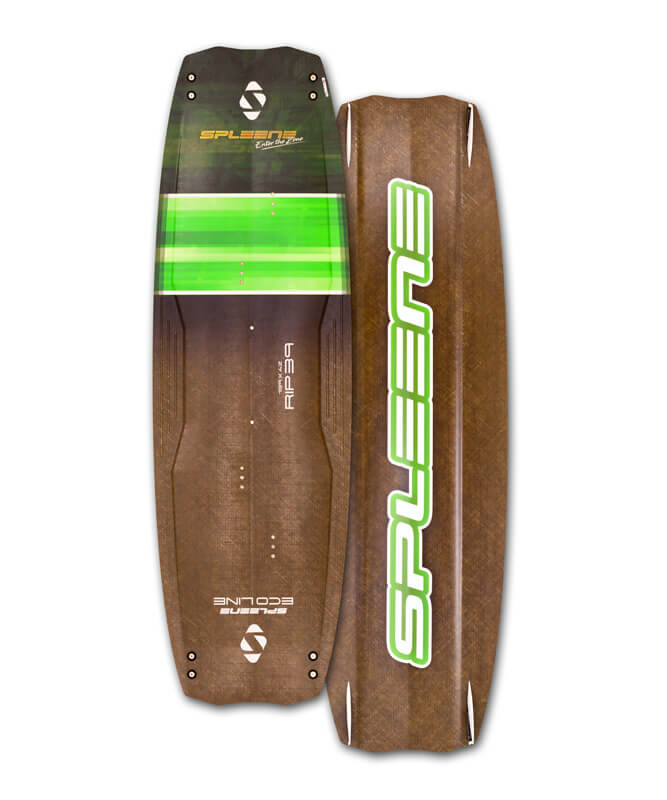SPLEENE Talk – Beginner Kiteboards
Beginner Kiteboard – which kiteboard should I buy?
The perfect beginner kiteboard should not be too small, easy to ride, forgiving of mistakes, look good and still be fun for a long time even when the beginner kitesurfer makes progress. That's pretty much the definition of a beginner kitesurf board.
We at SPLEENE Kiteboarding have been thinking for a long time about how we can make it easier for kitesurfing beginners to get into this great sport, so that our kiteboards can speed up the learning curve when they start kitesurfing.
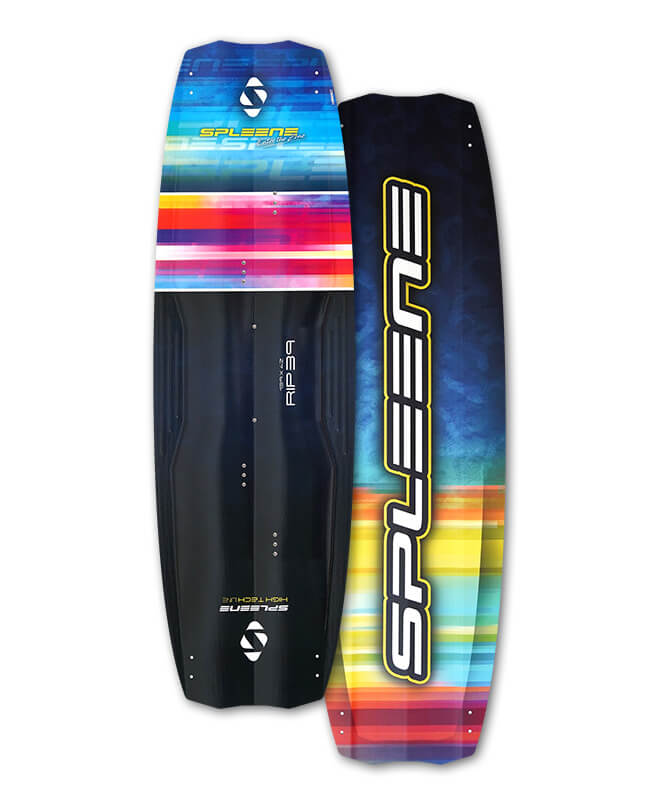
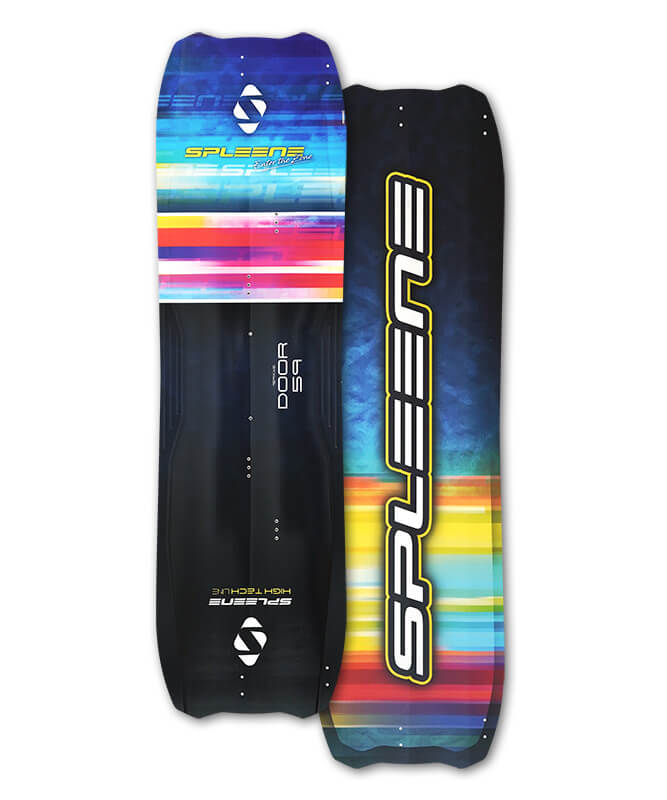
What features should a beginner's kiteboard have?

Riding upwind with the beginner kiteboard
Heading upwind in kitesurfing means crossing against the wind. This is essential to get back to the starting point and end the kitesurfing session where it began. But how does this upwind running work in kitesurfing? Basically, running upwind is quite simple: you edge the board at the right angle to the water surface and the wind and you can turn upwind, provided you have enough wind of course. This may sound very simple, but unfortunately almost all kitesurfing beginners have difficulties with it.
But the right boardshape can also help you enormously here and help you overcome the biggest hurdle in your beginner kitesurfing career. The boardshape combines several factors - on the one hand there is the outline, which is decisive for the upwind characteristics and on the other hand there is the rocker of the kiteboard, which determines how your kiteboard behaves in choppy water at higher speeds or how soft your landings are after jumps. The bigger the rocker line on a kiteboard, the more wind the board needs to plane. As you can probably see, a low rocker is perfect for a beginner kiteboard.
How soft or hard a kiteboard is tuned also plays a decisive role. Roughly speaking, the softer it is, the more comfortable it is, but the more wind the kiteboard needs to plane. The harder the kiteboard is tuned, the more you will feel the impacts of small or large waves in your joints after the session. Here too, it is therefore advisable to find the golden mean for the beginner kiteboard.
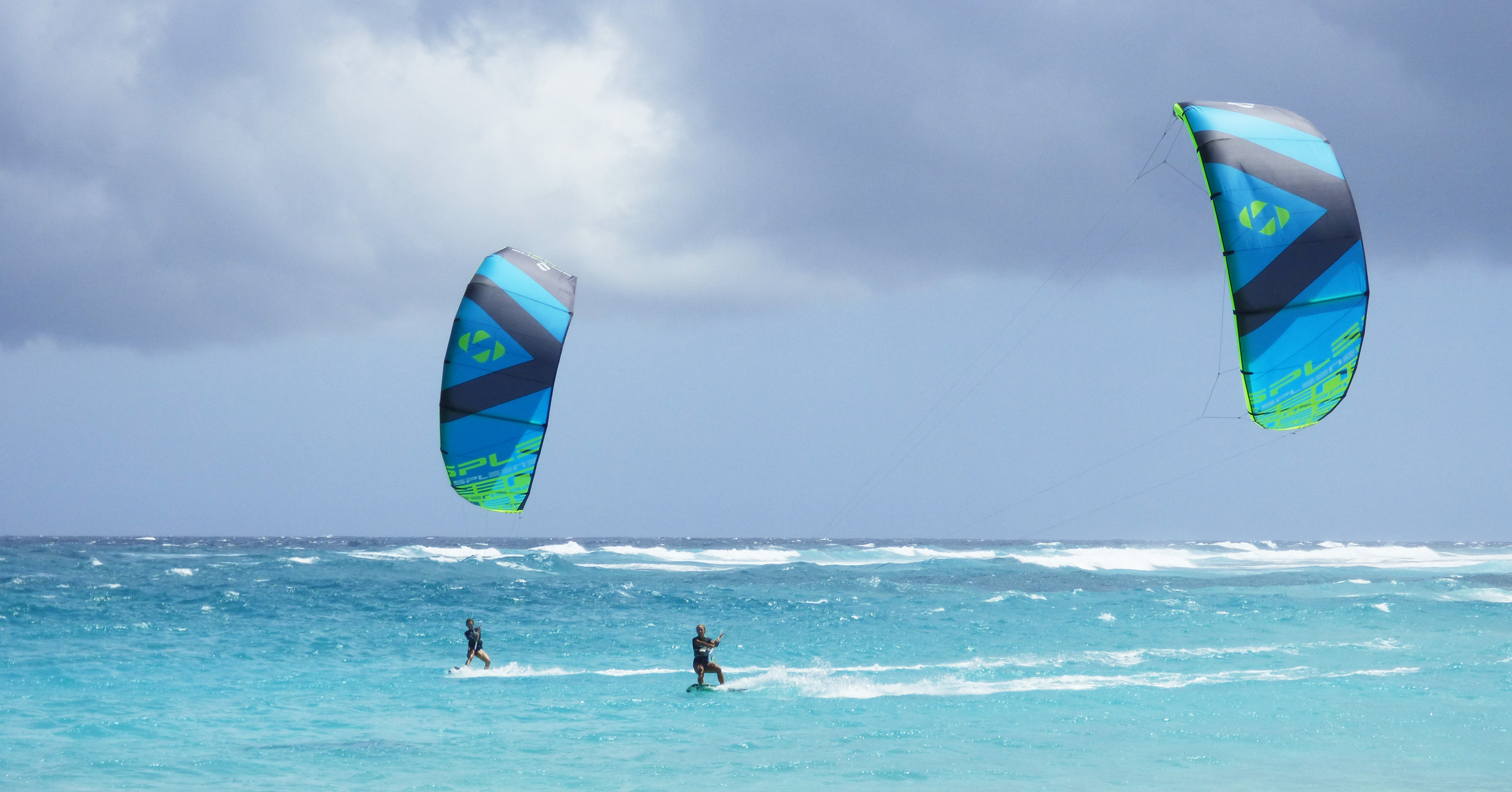
Which beginner kiteboard should I buy now?
We have developed the SPLEENE High Tech Line and the Eco Line for you and, depending on your weight and area of use, you will find the perfect beginner board in this kiteboard line so that you can take your first steps. With the SPLEENE High Tech Line, you can perfect your water start after your kite course and learn to go upwind intuitively. The High Tech kiteboards support kitesurfing beginners with a detailed outline and a not too big rocker line to create comfort during your first kitesurfing sessions and give you the confidence to progress quickly. If you are aiming for a 2-board strategy right from the start, then one of them should be a SPLEENE Door, which will make it easier for you at the beginning and give you a top light wind kiteboard later on.
If you are not sure what size your beginner kiteboard should be, please get in touch by email or phone. We will be happy to advise you personally!
FAQs
Choosing the first kiteboard is crucial for a successful entry into the world of kitesurfing. As a beginner, an ideal board is one that is easy to handle, forgives novice mistakes, and continues to provide enjoyment as skills progress. Models like the High Tech RIP 39 and High Tech DOOR 59 are excellent options that meet these requirements. These boards offer easy handling and support the learning process for sustained enjoyment in kitesurfing.
The optimal size of the kiteboard plays a crucial role in the enjoyment of kitesurfing from the beginning. Lighter riders prefer smaller boards, while heavier riders tend to opt for slightly larger boards. Kiteboards come in various sizes to ensure everyone finds the perfect beginner kiteboard. Larger boards like the DOOR can accelerate the learning curve and provide stability for a successful entry.
Upwind riding, also known as upwind sailing, is a fundamental kitesurfing technique. The right board shape is crucial here, involving factors like outline and rocker. A low rocker is particularly suitable for beginner kiteboards as it facilitates gliding at low wind speeds. The right board shape, like from a DOOR or SESSION, can help beginners overcome the challenge of upwind riding and improve their skills.
Adjusting the hardness of a kiteboard influences comfort and the overall riding experience. Softer boards provide more comfort but require more wind for gliding. Harder boards transmit wave impacts more intensely but offer a more direct response. For beginner kiteboards, a balanced approach is often recommended to ensure both comfort and control. Choosing the right board hardness contributes to beginners enjoying their initial experiences on the water.
The choice of the right beginner kiteboard depends on individual factors such as weight and intended use. Specially designed kiteboard lines cater to various needs, allowing for optimal adaptation to individual learning phases. Models like a two-board strategy, including options for lighter conditions, provide beginners with the opportunity to enhance their skills on the water. For uncertainties regarding size or selection, personalized advice is available through email or telephone.

